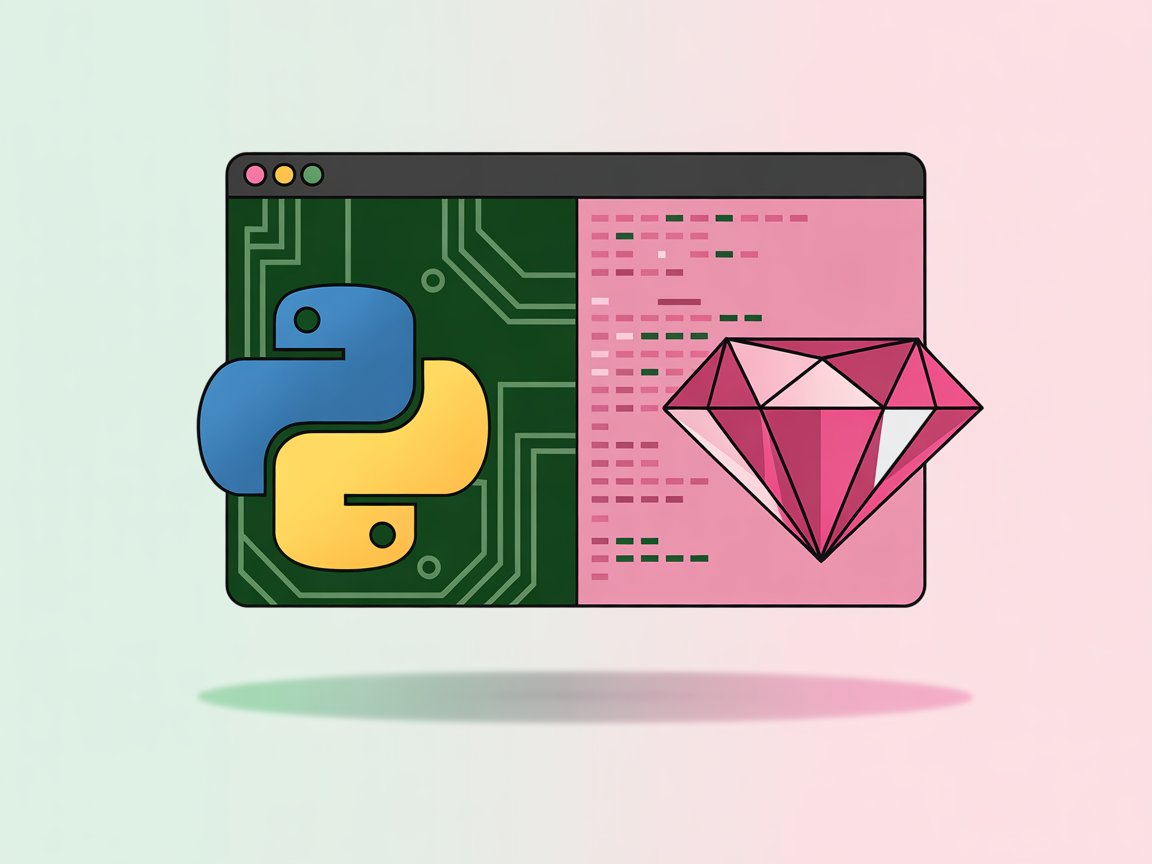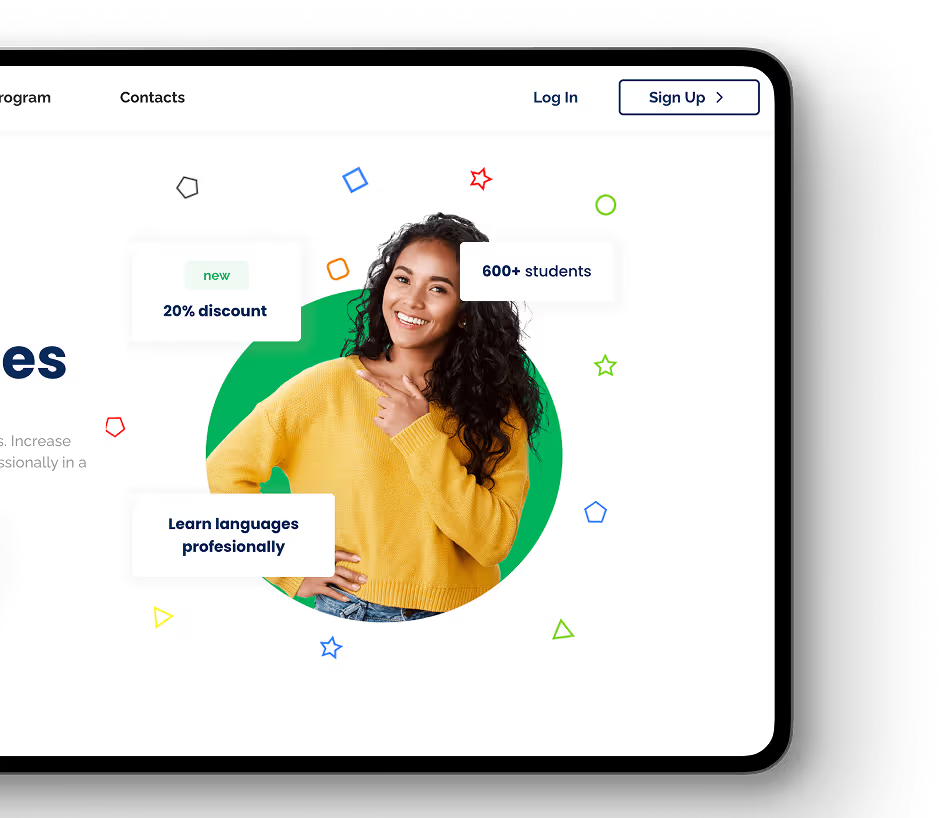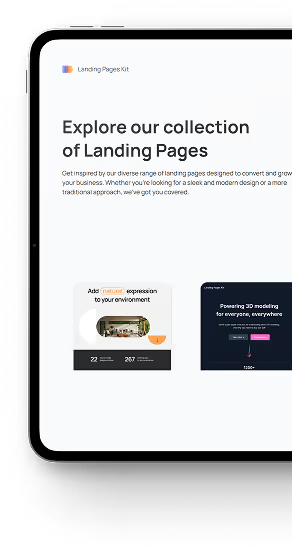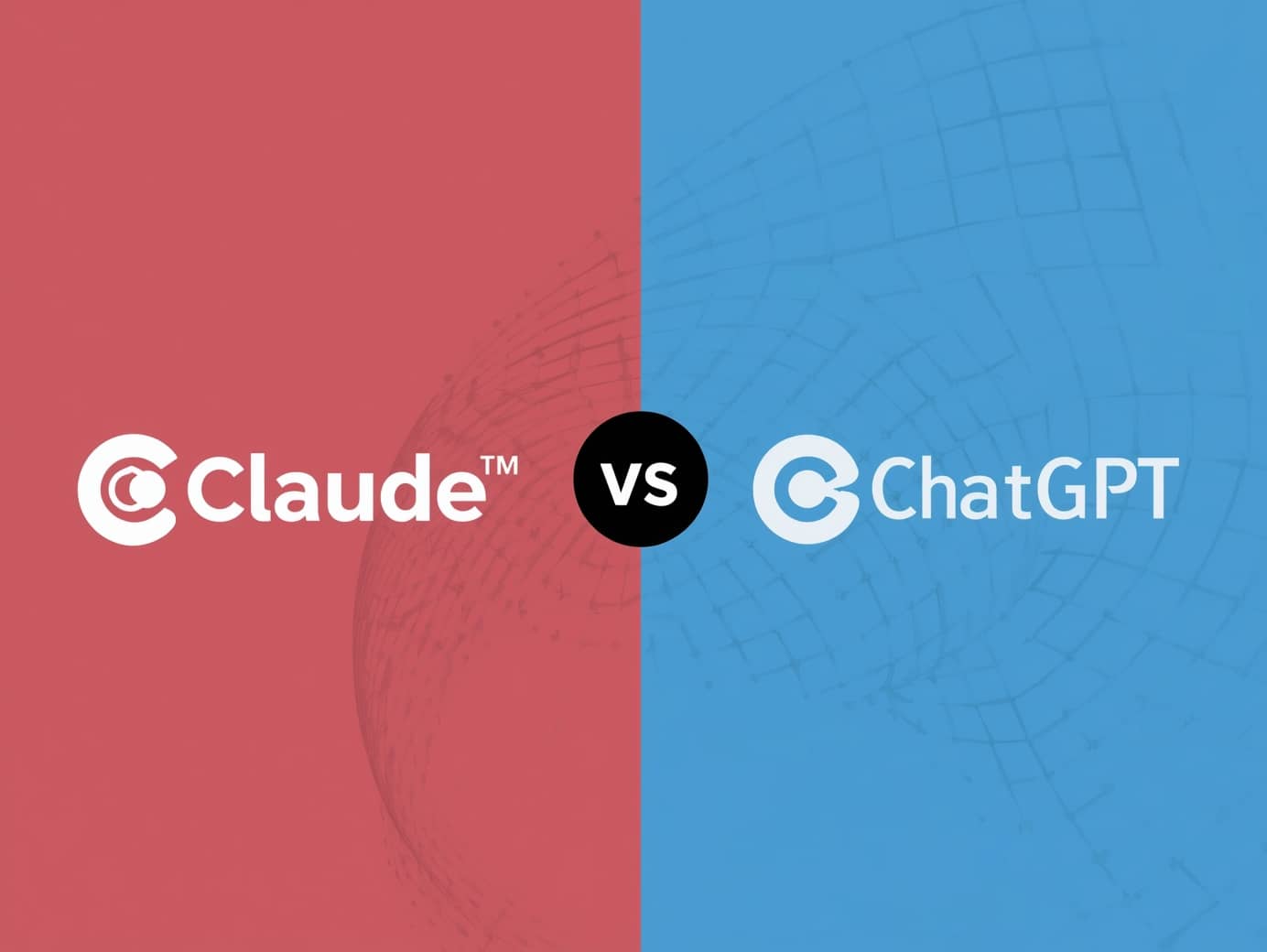July 31, 2025
•
18
min read
Python vs Ruby: What’s the Difference & What to Choose
Compare Python vs Ruby in syntax, speed, and use cases. Learn which language is best for web development, beginners, and real-world projects.

Choosing the right programming language is often the first step in building a successful product or career. For many developers, the decision comes down to two popular choices: Python vs Ruby.
Both languages are known for their simplicity, clean syntax, and flexibility. They power many of the tools and platforms we use daily. But how do they actually compare? Is one better suited for certain use cases than the other?
This guide breaks down the real differences between Ruby vs Python. We’ll look at everything from syntax, performance, and frameworks to use cases, job demand, and beginner-friendliness. Whether you’re just getting started or evaluating technologies for your next project, this comparison will help you choose confidently.
Let’s dive in and explore what makes these languages different—and where each one shines.
What Is Python & What Is Ruby?
Understanding the core identity of each language helps set the foundation for comparing them. Let’s explore what is Python and what is Ruby before diving into their differences.
What Is Python?
Python is a high-level, general-purpose programming language created by Guido van Rossum and released in 1991. It’s widely known for its readable syntax, ease of use, and versatility. From building web apps and automating tasks to powering data science, machine learning, and AI, Python is used across industries and platforms.
Python emphasizes clarity and simplicity. Its syntax is clean, often described as “executable pseudocode,” which makes it beginner-friendly. The language enforces indentation to define code blocks, promoting consistent formatting.
Because of its rich ecosystem and active community, Python supports everything from simple scripts to complex applications. Tools like TensorFlow, Django, and Flask make it powerful for AI, data analysis, and web development.
What Is Ruby?
Ruby is a dynamic, object-oriented programming language created by Yukihiro “Matz” Matsumoto in 1995. It was designed with developer happiness in mind, focusing on simplicity and productivity. The Ruby programming language is expressive and flexible, making it ideal for writing elegant code.
Ruby’s syntax is natural and readable, similar to Python in many ways. However, it leans heavily into object orientation and supports metaprogramming. This allows developers to write domain-specific languages (DSLs) and customize behavior more easily.
Most developers know Ruby because of Ruby on Rails, a powerful web framework that made the language famous. But beyond web development, the Ruby coding language is used in automation, data processing, and prototyping.
So, what is Ruby used for? Primarily web apps, MVPs, and projects that require fast iterations and expressive code. Its convention-over-configuration approach speeds up development for startups and small teams.
Key Similarities Between Python and Ruby
Although Python and Ruby serve different communities today, they share several foundational traits that make them attractive choices for developers.
1. High-Level and Interpreted
Both Python and Ruby are high-level programming languages. That means they abstract away low-level details like memory management. Instead of worrying about how the system runs your code, you focus on solving problems.
They are also interpreted languages. This allows for quicker testing and debugging since there’s no need to compile before running the code.
2. Easy to Read and Write
Clarity is a top priority in both languages. Python emphasizes readability with its indentation rules. Ruby focuses on expressiveness, often allowing developers to write code that reads like natural language.
For beginners and teams, this simplicity results in fewer misunderstandings and cleaner collaboration.
3. Object-Oriented at the Core
While Python supports multiple paradigms, both languages are primarily object-oriented. In Ruby, everything is an object—including numbers and functions. Python also treats most values as objects, allowing consistent behavior across your code.
This consistency makes codebases easier to reason about, especially in large applications.
4. Popular in Web Development
Ruby and Python have strong roots in web development. Ruby on Rails helped startups launch MVPs fast. Meanwhile, Django and Flask made Python a go-to for scalable web apps.
Each has a mature ecosystem, active community, and a wide selection of tools and frameworks.
5. Strong Community Support
Both languages enjoy vibrant communities. You’ll find countless tutorials, libraries, plugins, and answers to common questions. Whether you're a beginner or an expert, there’s help available.
Core Differences Between Python and Ruby
While Python and Ruby look similar at a glance, their underlying philosophies and practical applications are quite different. Let’s break down the key areas where they diverge.
Learning Curve & Beginner Friendliness
For new developers, Python often feels more intuitive. Its design philosophy, “There should be one—and preferably only one—obvious way to do it,” makes Python code predictable and easy to follow.
The language uses indentation instead of brackets to define blocks, reducing visual clutter. This strict format helps beginners stay consistent and avoid mistakes.
Ruby, on the other hand, offers more freedom in how code is written. It encourages creativity and multiple solutions to the same problem. For some, that’s empowering. For others, especially beginners, it can be confusing.
So, is Ruby easier than Python? In most beginner surveys, Python edges out Ruby in ease of learning. But experienced developers may enjoy Ruby’s expressive power more.
Syntax and Readability
Python is known for its clean, almost English-like syntax. It avoids unnecessary symbols, which makes reading and writing code straightforward. Its structure supports writing code that looks like clear instructions.
Ruby also emphasizes readability but takes a more poetic approach. The Ruby programming language allows flexible syntax and favors elegance over uniformity.
For example, Ruby methods can omit parentheses and even allow embedded DSLs. This flexibility helps in building beautiful APIs but can be harder to maintain in large teams.
While Python is about clarity, Ruby leans toward charm and style.
Metaprogramming and Expressiveness
Ruby shines when it comes to metaprogramming. You can write code that generates other code on the fly. This is great for reducing repetition and creating dynamic interfaces.
Python supports some metaprogramming through decorators and reflection. But it avoids too much flexibility to preserve simplicity and control.
This difference impacts how each language feels. Ruby developers often describe the Ruby coding language as “fun to write” because of its open-ended design. Python, meanwhile, feels structured and minimalistic.
If you need full control over your syntax and love elegant abstractions, Ruby may be a better fit. For those who value predictability, Python delivers consistency.
Performance and Ecosystem
Performance-wise, both languages are not the fastest, but they serve different roles.
Python generally runs faster in many environments. It also benefits from a larger ecosystem, especially in data science, AI, and scripting. Libraries like NumPy, Pandas, and TensorFlow make it ideal for those fields.
Ruby prioritizes developer happiness over raw speed. While it may be slower in benchmarks, it excels in rapid web development. Its ecosystem, led by Rails, is optimized for building MVPs and web platforms quickly.
If you’re choosing between Ruby vs Python for AI, automation, or scripting, Python leads. If your focus is web-first with a desire for developer-centric design, Ruby still holds ground.
Frameworks: Ruby on Rails vs Django
One of the biggest reasons developers choose between Python vs Ruby is the web development frameworks they power. Python is most associated with Django and Flask, while Ruby is famous for Ruby on Rails.
Let’s explore how these frameworks compare—and how they influence your decision.
Ruby on Rails: Convention Over Configuration
Ruby on Rails, often called just Rails, is a full-stack web framework built with the Ruby programming language. It’s known for its “convention over configuration” philosophy. That means you can build powerful applications quickly without writing boilerplate code or making endless decisions.
Rails handles everything: database setup, routing, templating, and business logic. It’s optimized for developer speed and productivity. That’s why it became the go-to for startups and MVP launches in the 2000s.
Popular platforms like GitHub, Shopify, and Basecamp were built using Rails. Even today, Rails powers countless applications that need to scale fast and iterate even faster.
Django: The Web Framework for Perfectionists
Django is Python’s answer to Rails. It’s a high-level framework that emphasizes reusability, security, and clean code. Unlike Rails, Django favors “explicit is better than implicit,” aligning with Python’s overall design principles.
It comes with strong admin tools, authentication, and ORM built-in. This allows teams to build complex apps with fewer moving parts and more consistency.
Well-known apps like Instagram, Pinterest, and Mozilla have relied on Django for its scalability and clarity. Because of Python’s wide reach, Django integrates easily with AI, automation, and data analytics libraries.
Which Framework Should You Choose?
If you need to build a web app fast and prefer developer-friendly tools, Ruby on Rails is hard to beat. Its opinionated setup handles much of the heavy lifting, so you can focus on what matters—building your product.
If you need tighter control, long-term scalability, and easy integration with tools for machine learning or automation, Django may be the better fit. Its Python foundation opens up a broader ecosystem.
In the Ruby vs Python debate, your framework choice often reflects your project goals. Rails helps you move fast. Django helps you build for the long haul.
Use Cases & Popularity Trends
When choosing between Python vs Ruby, it’s essential to understand how each language is used today—and where they stand in terms of popularity.
Where Python Dominates
Python has become one of the most widely used programming languages in the world. Its versatility and massive ecosystem allow it to thrive in many domains:
- Data Science & Machine Learning: Python is the standard for AI and data science. Libraries like TensorFlow, PyTorch, NumPy, and Pandas power everything from recommendation engines to scientific research.
- Automation & Scripting: Developers use Python to automate tasks, build bots, and handle system operations.
- Web Development: Frameworks like Django and Flask make it a strong choice for scalable web applications.
- Education & Academia: Thanks to its readability, Python is the top language taught in universities and coding bootcamps.
If you're wondering what is Python used for, the answer is: almost everything—from backend services and APIs to desktop apps and AI models.
Where Ruby Shines
While Ruby’s usage is more focused, it excels in specific areas:
- Web Applications: The Ruby programming language remains tightly connected to Ruby on Rails. It's ideal for launching MVPs, SaaS platforms, and eCommerce solutions.
- Startups & Prototyping: Ruby's speed of development makes it popular for early-stage companies that need to iterate fast.
- Internal Tools: Its expressive syntax and developer-friendly design help build custom internal apps with minimal overhead.
So what is Ruby used for today? It’s still a favorite for building high-quality web applications quickly, especially in lean or agile development environments.
Popularity Trends Over Time
Python’s rise has been consistent for over a decade. It frequently ranks in the top 3 of indexes like TIOBE and Stack Overflow’s Developer Surveys. Its adoption is growing in almost every industry.
Ruby saw a surge in the early 2000s thanks to Rails. While it has declined in rankings compared to Python, it still holds a loyal user base. Projects that value developer experience and rapid development continue to rely on it.
GitHub trends and job listings also show Python gaining more momentum. The demand for Python developers in AI, cloud, and enterprise tech is strong. Ruby jobs are fewer but often tied to high-paying Rails positions.
Market Demand & Community Support
Python’s broader usage leads to more job opportunities, learning resources, and community contributions. It's supported by massive organizations like Google, Microsoft, and IBM.
Ruby has a smaller but passionate community. Most contributions focus on web tooling, Rails upgrades, and maintaining productivity-focused libraries.
In the Ruby vs Python conversation, Python wins in scope and popularity. However, Ruby still offers a refined experience for developers focused on web products and elegant code.
Community, Learning Resources & Support
Behind every successful programming language is a strong community. When comparing Python vs Ruby, it’s clear that both languages have passionate supporters—but their ecosystems differ in size and focus.
Python’s Global Reach
Python’s community is massive. It spans industries, universities, startups, and enterprise tech. Whether you're building web apps or exploring deep learning, you’ll find thousands of active contributors and millions of users.
Resources for learning Python are everywhere. You’ll find:
- Free courses on platforms like Coursera and edX
- Detailed documentation and tutorials
- Countless open-source projects to study and contribute to
Python’s widespread use in schools and bootcamps ensures a steady stream of new learners and educators. The language’s popularity also means more third-party libraries, more job forums, and more Stack Overflow answers.
If you're asking what is Python in terms of community—it’s one of the most welcoming and accessible languages for beginners and experts alike.
Ruby’s Tight-Knit Ecosystem
The Ruby programming language has a smaller but deeply loyal community. Rubyists value elegance, clean code, and collaboration. While fewer developers use Ruby than Python, the ecosystem is vibrant and friendly.
Ruby on Rails communities, meetups, and online forums provide strong support for new developers. Resources like Learn Enough and The Odin Project guide beginners through the language and its web framework.
Ruby’s culture encourages mentorship and open-source contribution. Many libraries are built with care, emphasizing developer happiness.
Despite a smaller global footprint, the Ruby coding language offers a supportive environment, especially for web-focused learners.
Documentation & Developer Experience
Both Python and Ruby have excellent documentation. Python’s official docs are structured, technical, and detailed. Ruby’s documentation often includes real-world examples and community-written guides.
Tools like IRB (for Ruby) and Jupyter Notebooks (for Python) help users experiment and learn in real time. Each language also has interactive REPLs and sandboxes that simplify exploration.
In the ruby vs python discussion, Python provides more breadth in resources, while Ruby delivers depth within its niche.
Is Ruby Easier Than Python?
When choosing between Python vs Ruby, many beginners ask a simple question: which one is easier to learn?
The answer depends on what kind of developer you are—and how you prefer to learn.
Python Prioritizes Simplicity
Python was designed with readability in mind. Its syntax is clean and consistent. Indentation is required, not optional, which helps new developers write well-structured code from day one.
Python follows a philosophy that encourages one clear way to solve a problem. This reduces confusion, especially for beginners who might get overwhelmed by too many options.
In classroom settings and coding bootcamps, Python is often the first language taught. It’s used to teach programming logic, data structures, and even computer science fundamentals.
Ruby Emphasizes Flexibility
The Ruby programming language is also beginner-friendly—but in a different way. Ruby gives developers more freedom in how they write code. You can solve the same problem in multiple ways, often with very elegant syntax.
This flexibility appeals to those who enjoy creativity in coding. However, it can sometimes lead to confusion if there’s no clear standard to follow.
Ruby’s syntax is more expressive, which can be rewarding once you're comfortable. For absolute beginners, though, that expressiveness may add complexity.
What Do Developers Think?
In surveys and forums, most beginners say Python is easier to learn initially. It’s often described as “straightforward” and “natural.” Ruby is praised for its beauty and developer experience—but typically by those with some coding background.
So, is Ruby easier than Python? For most beginners, Python has the edge. But for developers who value elegance and flexibility, Ruby may feel more rewarding over time.
Who Should Choose Python or Ruby?
After exploring the differences between Python vs Ruby, it’s time to match each language to specific goals. Your ideal choice depends on your background, the type of project you’re working on, and the kind of ecosystem you prefer.
Choose Python If You...
- Want to work in AI, machine learning, or data science
- Prefer a structured language with predictable rules
- Need a language used across industries and backed by large companies
- Value strong documentation and community support
- Are just starting out and want a gentle learning curve
- Plan to work on automation, APIs, or scientific computing
Python is ideal if you want versatility, strong demand in the job market, and a wide set of tools across disciplines.
Choose Ruby If You...
- Want to build web applications quickly and beautifully
- Enjoy writing expressive, elegant code
- Prefer convention over configuration to move fast
- Value developer happiness and flexible syntax
- Need to launch a startup, MVP, or internal tool with speed
- Thrive in small, tight-knit communities focused on quality
Ruby is the better fit if you love clean code, enjoy DSLs, and want a fast route to a polished web product.
Frequently Asked Questions
What is Python used for?
Python is used for a wide range of tasks, including web development, automation, data analysis, artificial intelligence, scripting, and more. It’s the go-to language for machine learning, thanks to its powerful libraries and ease of use.
What is Ruby used for?
The Ruby programming language is most commonly used for building web applications. It's especially popular among startups and teams building MVPs. With Ruby on Rails, developers can create full-featured apps quickly and efficiently.
Is Ruby easier than Python?
Is Ruby easier than Python? Not quite. While both languages are beginner-friendly, Python is typically considered easier to learn due to its consistent syntax and strict formatting. Ruby offers more flexibility, which may be harder for new developers but more rewarding for experienced ones.
Which is better: Python or Ruby?
Neither language is universally better. Python vs Ruby depends on your goals. Choose Python for data science, automation, and versatility. Choose Ruby for expressive code, fast web development, and developer-friendly tools.
What is the difference between Python and Ruby syntax?
Python uses indentation to structure code and favors explicitness. Ruby syntax is more flexible, allowing optional parentheses and blocks that read like natural language. This makes Ruby feel more creative, while Python emphasizes clarity.
Ready to kickstart your app's development?
Connect with our team to book a free consultation. We’ll discuss your project and provide a custom quote at no cost!
Latest articles
We put the rapid in RapidDev
Ready to get started? Book a call with our team to schedule a free consultation. We’ll discuss your project and provide a custom quote at no cost!











